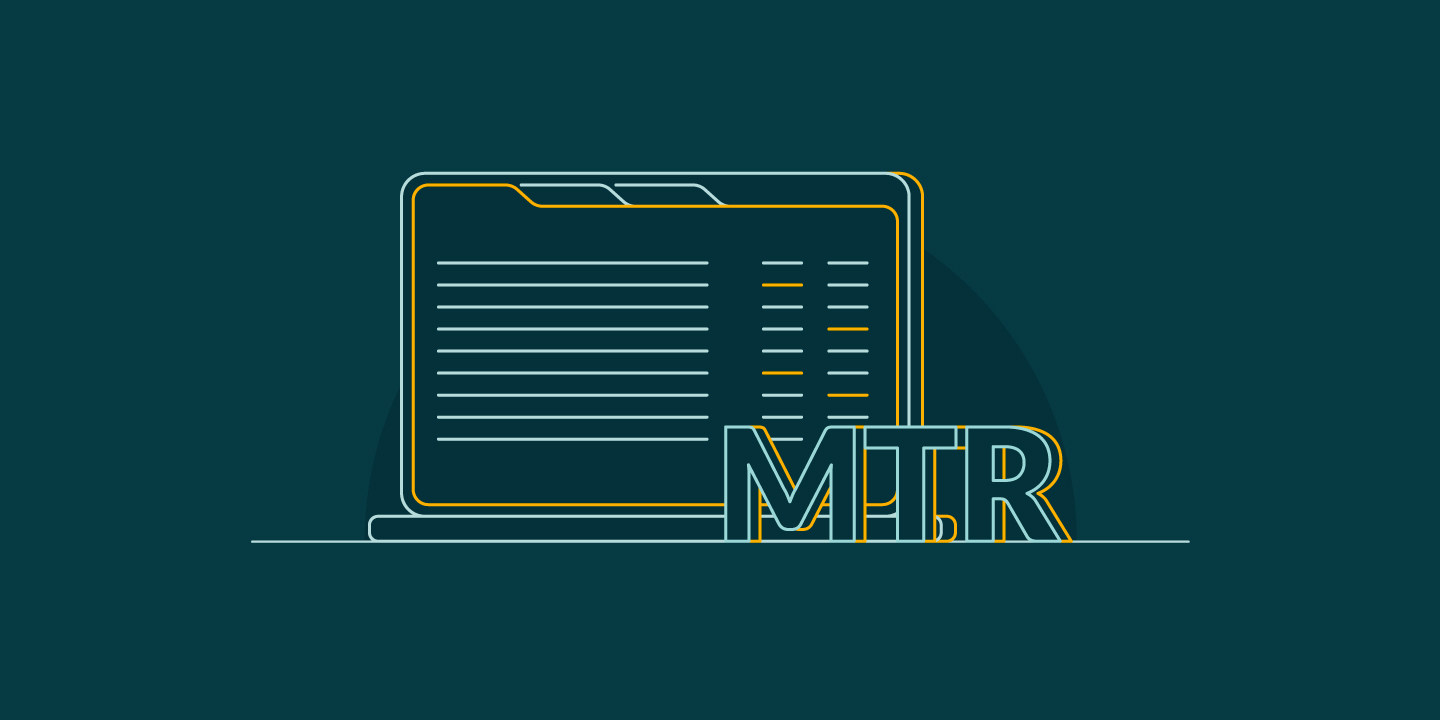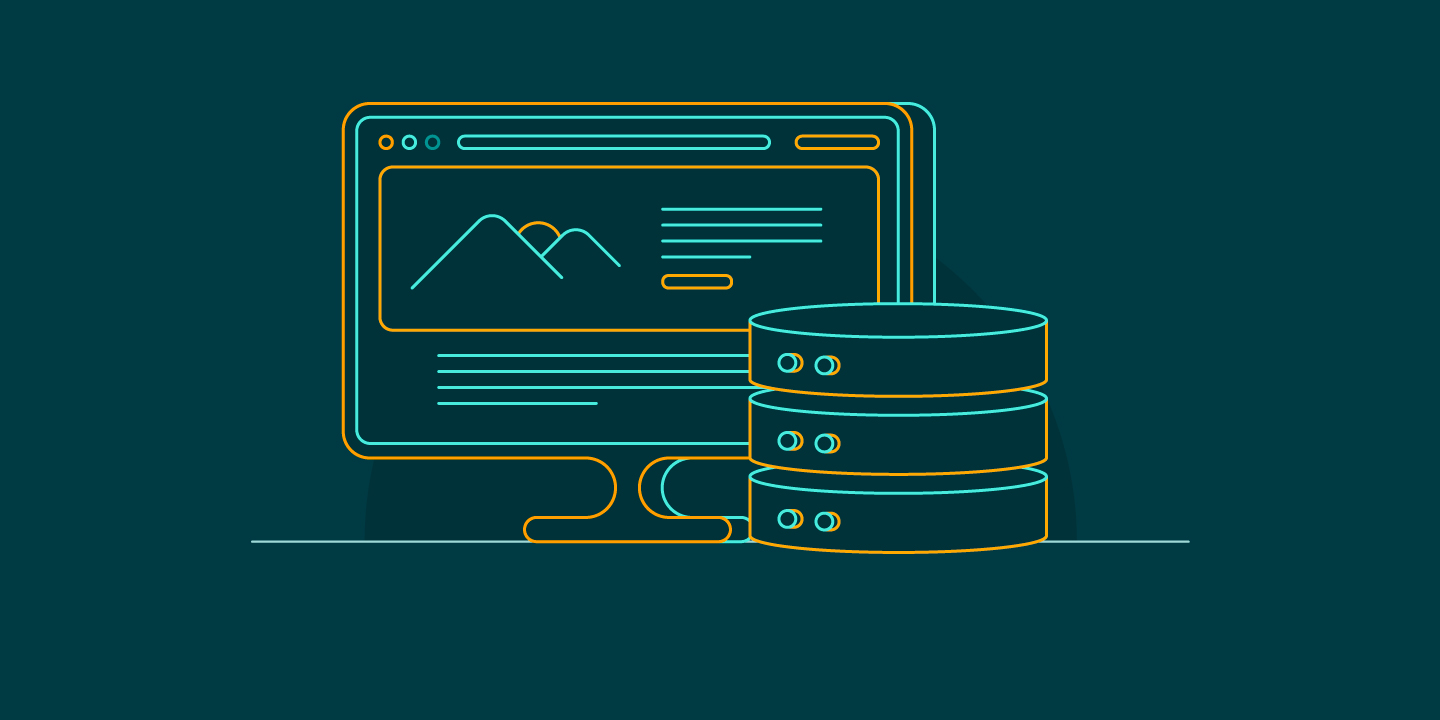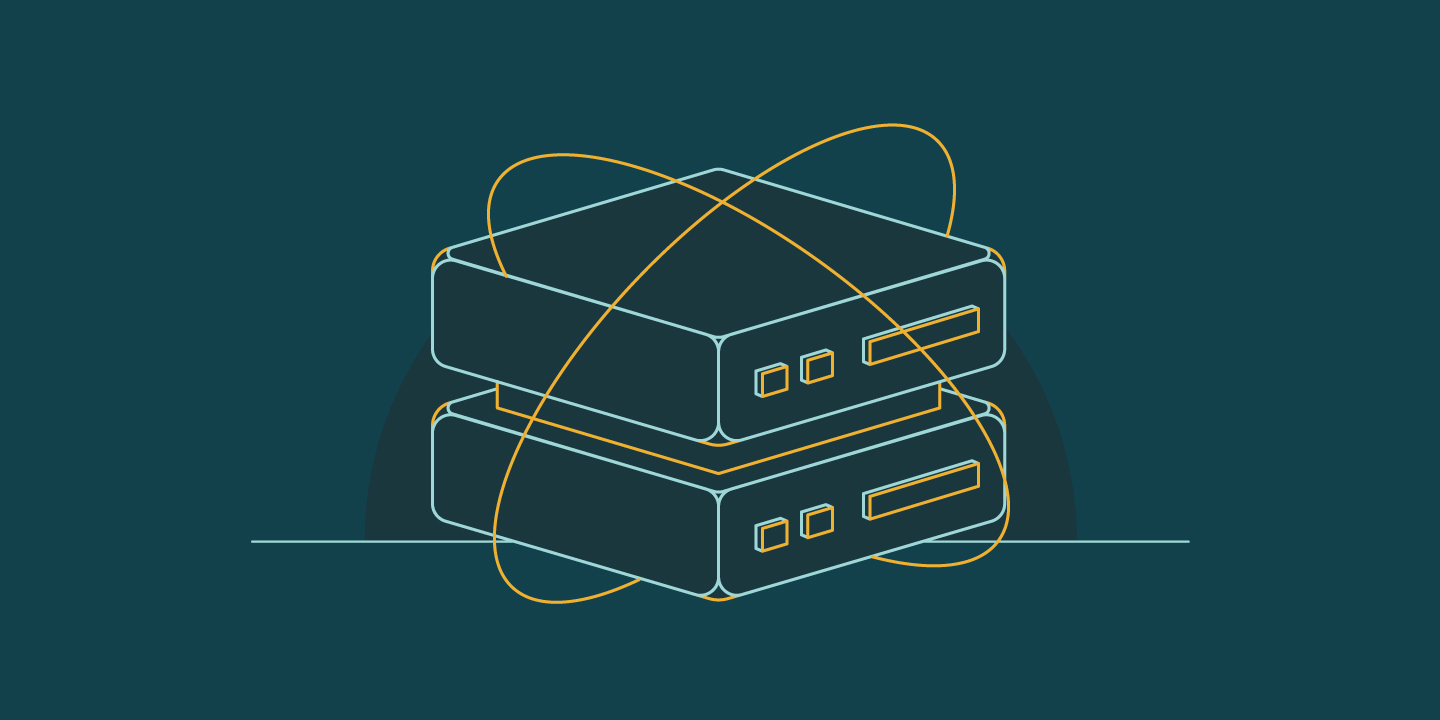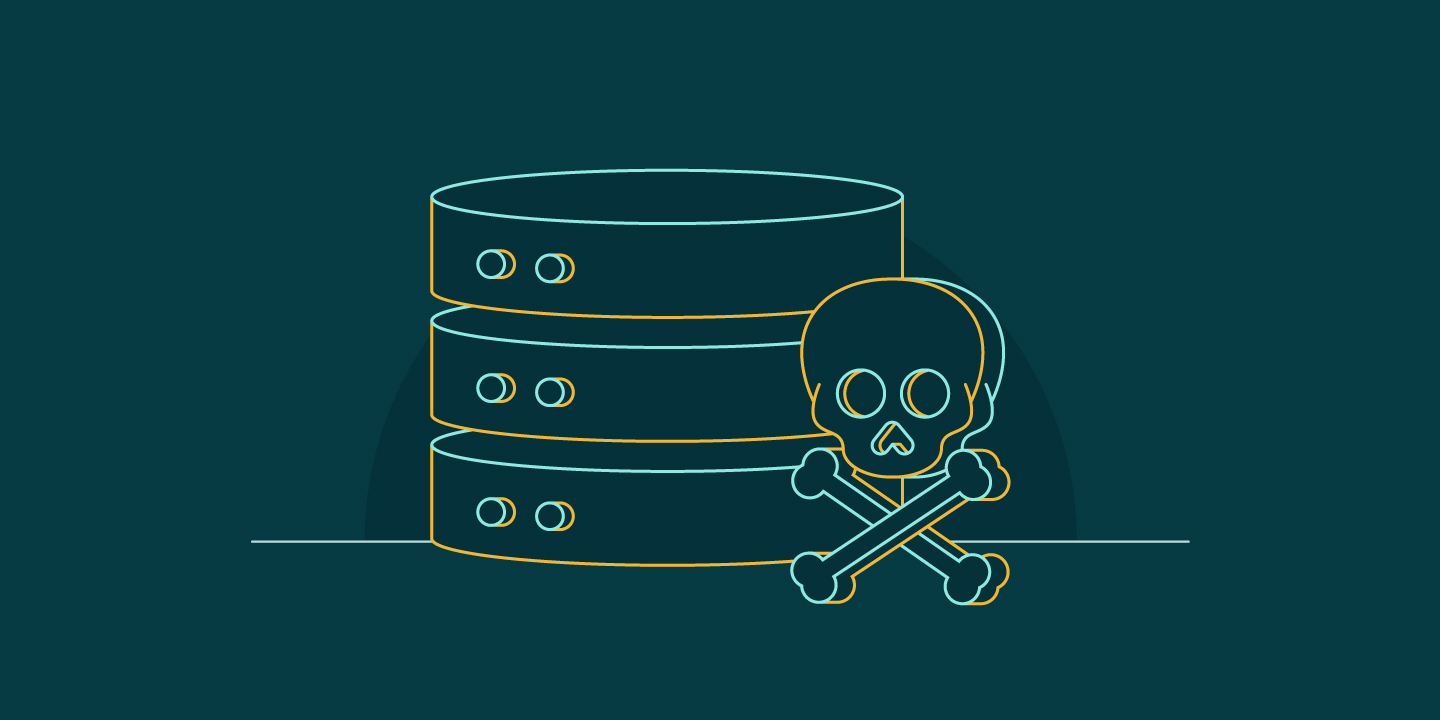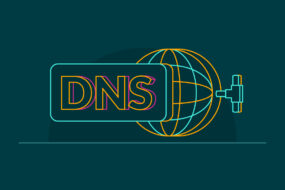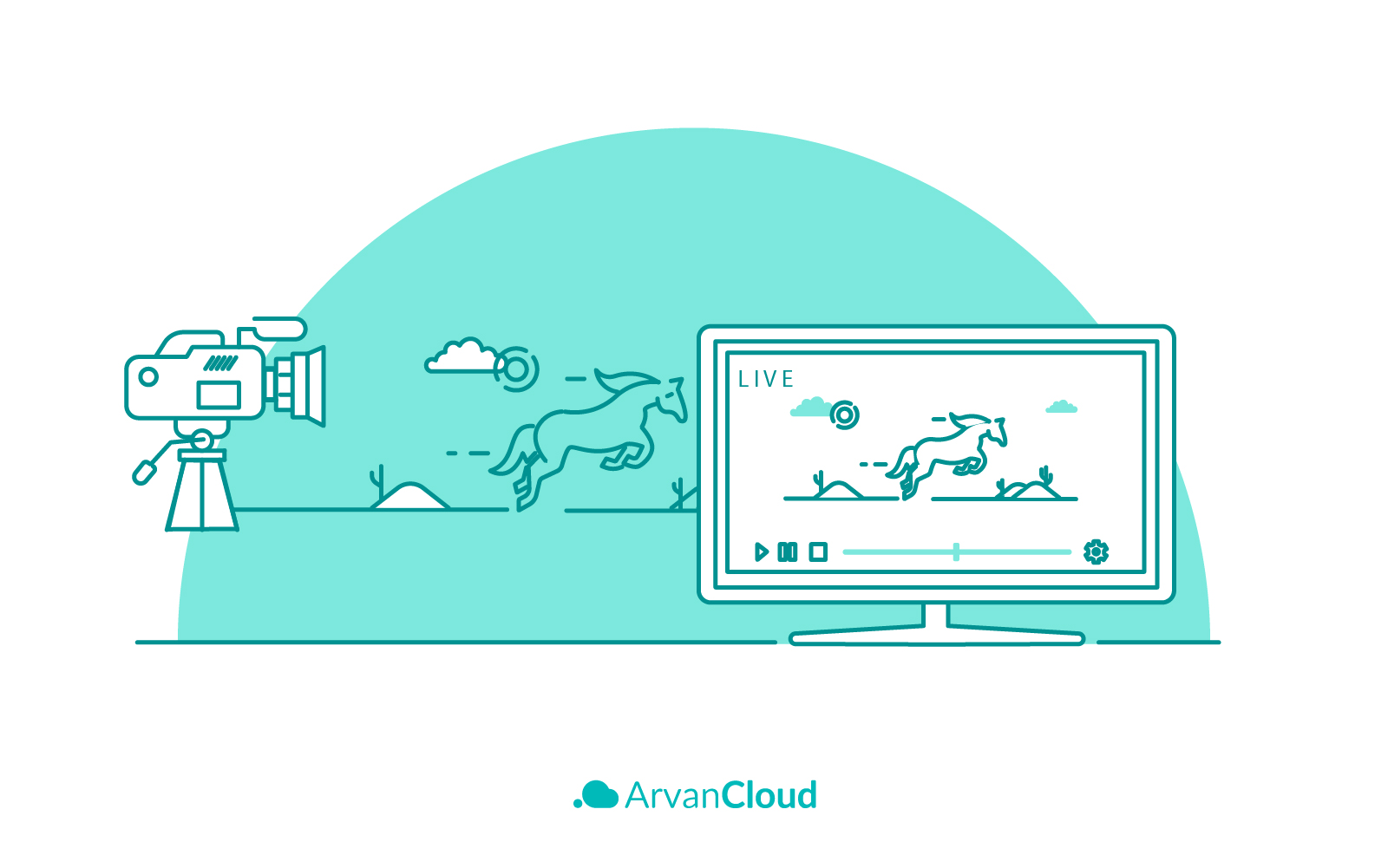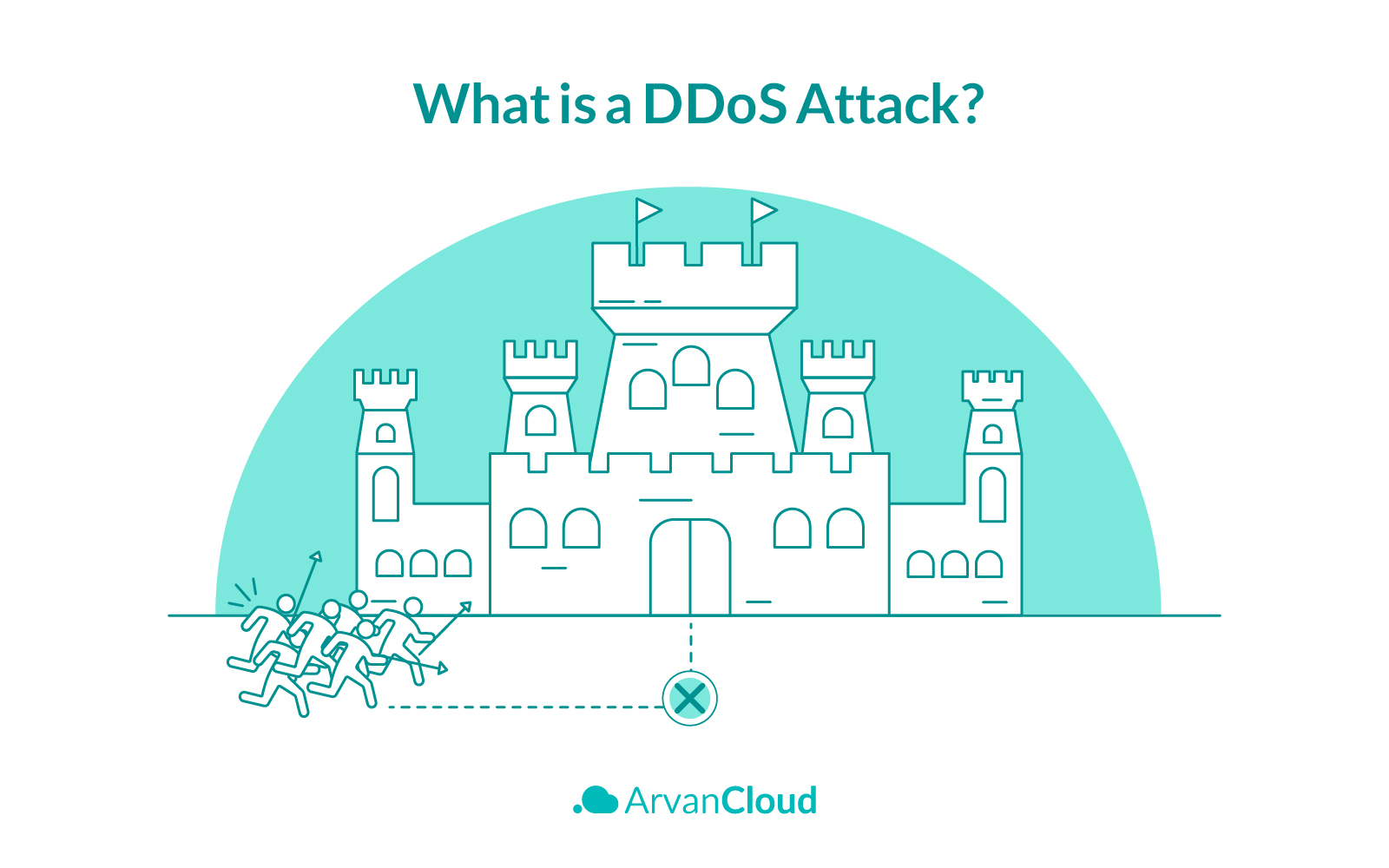
Today Distributed Denial of Service (DDoS) attacks are an inseparable part of the internet environment. These attacks happen with complex techniques, increasing in numbers without clear motives behind them. As the size, frequency, and duration of the new DDoS attacks are growing, companies and businesses have faced severe security and availability challenges. Considering all these, every online organization needs to know about these attacks and how to protect against them.
Here you can find a thorough definition of DDoS attacks followed by some practical ways to protect against them.
What Is a DDoS Attack?
Distributed Denial of Service attacks occur when attackers attempt to flood the victim’s network or server with the massive volume of internet traffic in order to overwhelm the infrastructure by the huge number of requests, slowing or shutting down the service and preventing the users from accessing the service.
DDoS attacks contain several connected online devices called a Botnet, which is used to take down a target website with fake traffic. DDoS attacks can happen virtually to almost anything, including devices, services, servers, networks, applications, and even transactions within applications.
Generally, DDoS attacks come from multiple systems, and they will drown a system with requests for data. This can happen to a web server by sending many requests for a page that will crash finally, or a database being attacked with high volume if queries overwhelm internet bandwidth, CPU, and RAM capacity.
It is said that DDoS attacks are the least sophisticated types of attacks but, the fact is they have the potential to be the most disruptive ones by shutting down a digital service or server for significant periods of time from seconds to even months. A successful DDoS attack can affect the entire online user base and become a strong weapon for cyber vandals, hacktivists, extortionists, and many others.
How Does a DDoS Attack Work?
The basic idea is that DDoS attempts will attack servers, services, websites, or networks and flood them with internet traffic. DDoS attacks start through a network of controlled internet-connected mechanics such as computers or bots from anywhere. They are known as botnets.
The botnet controllers can target a victim with web traffic and conduct a DDoS attack. They will overwhelm the target with more data than it can accommodate. So, when the amount of requests is more than being handled, the victim’s bandwidth capabilities will be exceeded.
Also, in some cases, the Internet of Things (IoT) is hacked and becomes a part of attacking botnets. Botnets create HTTP and HTTPS floods. They send fake HTTP and HTTPS requests (that seem to be legitimate) to attack the target. HTTP or HyperText Transfer Protocol controls how messages are transmitted.
An HTTP request can be a GET request (retrieving info from a server) or a POST request ( resetting where information should be uploaded and stored). During an HTTP flood, the POST requests require greater resources, and the GET requests are simpler to implement.
How to Identify a DDoS Attack
Obviously, a server under DDoS attack will become slow and unavailable to the traffic. But since a small change in legitimate traffic can create many issues, it is necessary to investigate much more evidence. Usually, during a DDoS attack, X amount of traffic will originate from a single IP address or IP range.
An IP address will make suspicious requests over Y seconds consistency, or the IP address may repeat frequently. There will be a flood of traffic from users with the same behavioural profile, device type, geolocation, or web browser version. The server is responding with a 503 error and citing a service outrage. The ping requests or TTL time out may also occur. There could be a massive surge in requests to a single page to the endpoint.
The specified logs may show a massive spike in traffic, which is odd such as spikes at unexplained hours of the day or with different unnatural patterns. There are many more signs of DDoS attacks that depend on the type of attack.
Different Types of DDoS Attacks
Network connections on the internet include different layers of the Open System Interconnection (OSI) model. Each type of DDoS attack focuses on a specific layer. These attacks are most common in Layer 3, the Network layer, such as Smurf attacks, ICMP Floods, and IP/ICMP Fragmentation, Layer 4, the Transport layer including SYN Floods, UDP Floods, and TCP Connection Exhaustion, and finally, Layer 7, the Application Layer like HTTP-encrypted attacks.
Here are three of the most common types of DDoS attacks, but if you want to know about them in detail, you can also read 9 Different Types of DDoS Attacks.
Protocol Attacks
The Internet environment is based on protocol. A protocol-based attack exploits a weakness in layer 3 and layer 4 to consume the victim’s resources or communication equipment and disrupt it completely.. A protocol-based DDoS attack attempts to destroy and damage connection tables within a network that is responsible for specifying connections.
The protocol-based attacks send slow pings and packets to cause memory buffers in the targeted server/system and crash eventually. These attacks can also target firewalls. The Protocol-based DDoS attacks send many packets or bandwidth to the victim that it cannot handle. These packets can make the targeted system wait for a non-existent response during a regular handshake protocol. These attacks are measured packets per second, and some of the famous types are SYN floods and Ping of Death.
Application Layer Attacks
An application-layer attack or layer 7 attack is related to the topmost layer of network connection, which can be very disruptive. In application-layer attacks, the attackers use the web server or application software weakness and lead the system to crash. These attacks are focused on web traffic, including HTTP, HTTPS, DNS, or SMTP, closest to the users’ interaction.
Application layer attacks use a small number of machines, and they can be hard to catch. They can trick the server into believing that the traffic is not higher than legitimate. These attacks aim to shut down applications, online services, and websites. Application layer attacks are measured request per second, and HTTP Flood is the most significant type.
Volume-based Attacks
Volume-based attacks are common types of DDoS attacks. The volume-based attacks will send many requests to the targeted system. They can trick a system into thinking that these requests are valid or invalid (spoofed or malformed packets). Therefore, the network will be overwhelmed and cause CPU/IOPS usage issues.
The attackers use UDP amplification or other massive traffic methods, sending huge amounts of data to the system. The requests will be sent to a third-party server to spoof the server’s IP address while returning it. The third-party server sends numerous amounts of data to the server in response.
Finally, the target system will face an attack with amplified data from a third-party server. The volume-based attaches are measured bits per second, and UDP and ICMP floods are the most popular types of these attacks.
Why Do You Need DDoS Protection?
The primary reason you need DDoS protection is that the DDoS attacks increase and enhance the number of hours and damages they cause. Advanced DDoS attacks can last for several months with high-volumes based on high-end techniques. For that having a proper DDoS mitigation plan is a necessity.
To explore more on why you need DDoS protection, it is good to know that being under attack will cost a lot. An attacked business can face significant financial issues. These attacks can cause the loss of important data, assets, and many valuable resources.
Repairing and rebuilding the system all over again needs a huge budget. Putting money aside, being attacked can also destroy a business’s reputation over a night. If attackers target the clients’ or customers’ data and confidential information, a brand’s name and popularity will be in danger, and that is another reason why you need DDoS protection.
There are some of the most crucial reasons why you need to implement a DDoS protection service right away. But if you want to know more about this matter, check out our latest article on Five Reasons You Need DDoS Protection Service Right Now.
How to Protect Against DDoS Attacks
1. Implement a DDoS Response Plan
Develop a thorough DDoS prevention plan based on your requirements. Larger businesses require complex infrastructure and multiple teams for DDoS planning. When DDoS attacks happen, there is not enough time to think about the solutions. These need to be defined in advance to offer prompt reactions and eliminate any impacts.
Creating a detailed response plan is the most critical step toward a comprehensive defence strategy. You need to make sure the data center is prepared, and the team is aware of the responsibilities. There are some major elements to consider for developing a plan; they include:
System Checklist: Create a thorough list of assets that need to be implemented. Offering advanced attacks identification, filtering tools, assessment, enhanced security hardware and software-level protection.
Response Team: Choose the response team key members and define specific responsibilities to ensure an organized and detailed reaction to different attacks.
Notification and Escalation Process: Make sure other team members know exactly whom to contact in case of an attack or suspicious activity. Prepare a complete list of internal and external contacts that should be informed of attacks.
Communication: Developing communication strategies with the customers, cloud service provider and other security vendors help you act right.
2. Develop Secure Network Infrastructure
Having a multi-level protection strategy is important for how to protect against DDoS attacks. This strategy contains prevention and threat management systems. This includes firewalls, VPN, anti-spam, content filtering, load balancing, and other layers of DDoS defence techniques and combines them. They can offer constant network protection to prevent any DDoS attack.
They can identify the possible traffic inconsistencies with the best level of precision in the blocking attack. Since some standard network equipment comes with limited DDoS mitigation options, it is better to outsource the additional services. Using a cloud-based service like ArvanCloud Cloud Security service, you can access advanced mitigation and protection resources on pay-as-you-go pricing. This is excellent for startups, small businesses or those who want to keep the budgets within projected limits.
Besides, it would help if you made sure the system is up-to-date. Outdated systems are mostly the best target for DDoS attackers. Patch the infrastructure and install new software versions to close the holes for attackers. Keep in mind that DDoS attacks can be complex. For that, it is necessary to employ secure infrastructure and a detailed battle plan.
3. Learn Basic Network Security
It is possible to keep a business network from being compromised by engaging in strong security practices. Security practices contain anti-phishing methods, complex passwords (changed regularly), and secure firewalls. These features will not stop the DDoS attacks from happening, but they build a strong security foundation.
4. Maintain Strong Network Architecture
Implementing a secure network architecture is vital to complete security. Redundant network resources are necessary, as well. This way, if a server is under attack, the others can handle and manage the extra traffic. It is much better if the servers are located in different locations geographically. When the resources are distributed, it is more difficult for attackers to target them.
5. Understand the Warnings
If you develop a better understanding of the symptoms of a system that has been attacked, you will be able to stop it on time. Some of these signs are network slowdown, website shutdown, or spotty internet connectivity. When the performance seems to be prolonged, it is likely to experience a DDoS attack.
6. Leverage the Cloud
As mentioned earlier, outsourcing DDoS prevention to cloud-based service providers such as ArvanCloud is how to prevent DDoS attacks completely. This has several advantages. For instance, the cloud has more bandwidth and resources.Since the DDoS attacks are increasing, it is dangerous to rely on on-premises hardware solely. Cloud nature is based on a diffuse resource. It has specific applications that can absorb malicious traffic before harming the intended destination. Cloud security service is operated by software engineers that are fully aware of the web monitoring and the latest DDoS attacks.
7. Use DDoS-as-a-Service
There is another answer for how to prevent DDoS attacks, and that is DDoS-as-a-Service. It provides flexibility for architectures that combine in-house and third-party resources, cloud or dedicated server hosting. DDoS-as-a-Service guarantees that the security infrastructure elements are at their highest standards.
This model’s most highlighted benefit is tailor-made security architecture based on particular needs making the best DDoS protection available for businesses of different sizes.
Final Words
ArvanCloud Security Service uses cutting edge technology in cybersecurity, which protects your online presence against all kinds of threats including hacking attempts and DDoS attacks without needing to purchase any extra hardware. We offer DDoS protection, web application firewall, mitigating system, firewall and rate limit. Learn more about ArvanCloud Security, DDoS protection and how it works.

